Wild parsnip flowers
Image credit: Eat the Planet
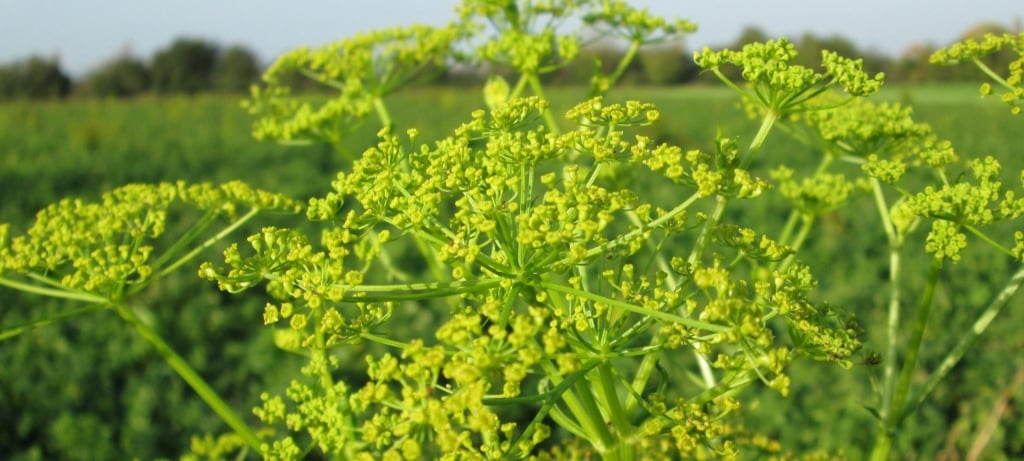
Wild parsnip flowers
Image credit: Eat the Planet
Wild parsnip, a biennial invasive in the Apiaceae family, is an herbaceous plant that can invade a wide range of habitats but is most commonly found in grassy areas near or along roadsides, or other disturbed sites. Common identifying characteristics include:
Note: Like other invasives from the Apiaceae family, wild parsnip contains a chemical found within its sap which can cause skin rashes, burns, and blisters, especially under direct exposure to sunlight.
For more information visit Midwest Invasive Species Information Network (MISIN).
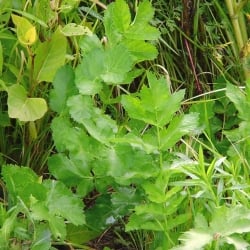
First year foliage of wild parsnip
Image credit: MIPN
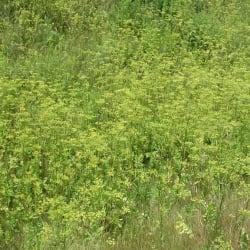
Wild parsnip infestation
Image credit: MIPN
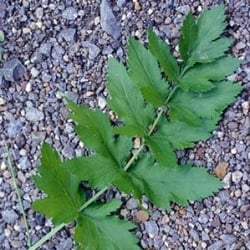
Wild parsnip leaf
Image credit: Ohio State University
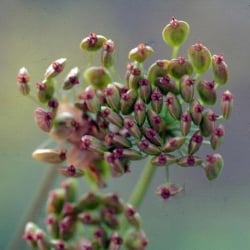
Wild parsnip seeds
Image credit: MIPN
Present within the Keweenaw, wild parsnip poses many ecological threats such as reducing quality wildlife forage and the loss of species diversity. Like many other biennial invasives, wild parsnip is able to produce a large seed bank that can remain viable for years. As a result, the plant can easily spread and form dense stands in high quality fields and meadows. Currently, KISMA is managing populations along US-41, near Central Mine in the northern Keweenaw. Due to the toxicity of its sap, wild parsnip management can be problematic if done without caution.
Note: Like many other invasives, early detection and management of small populations is key to wild parsnip control. Because of the plant’s ability to produce a large seed bank, complete eradication from a site will require several years of continued management and monitoring. Furthermore, management practices that target the plant's roots such as hand pulling are preferred, but not necessary as wild parsnip can only reproduce through seed production via its flowers.
If you do happen to remove wild parsnip on your property, it is never a bad idea to plant some natives in its absence! Since wild parsnip prefers disturbed sites with ample sunshine, it would be best to use natives that would also grow well in those conditions. A few great options would be native goldenrod (Solidago spp.), sunflowers (Helianthus spp.), wild lupine (Lupinus perennis), and native asters (Asteraceae family). These species grow well in meadows or field edges, and they also promote wildlife diversity.